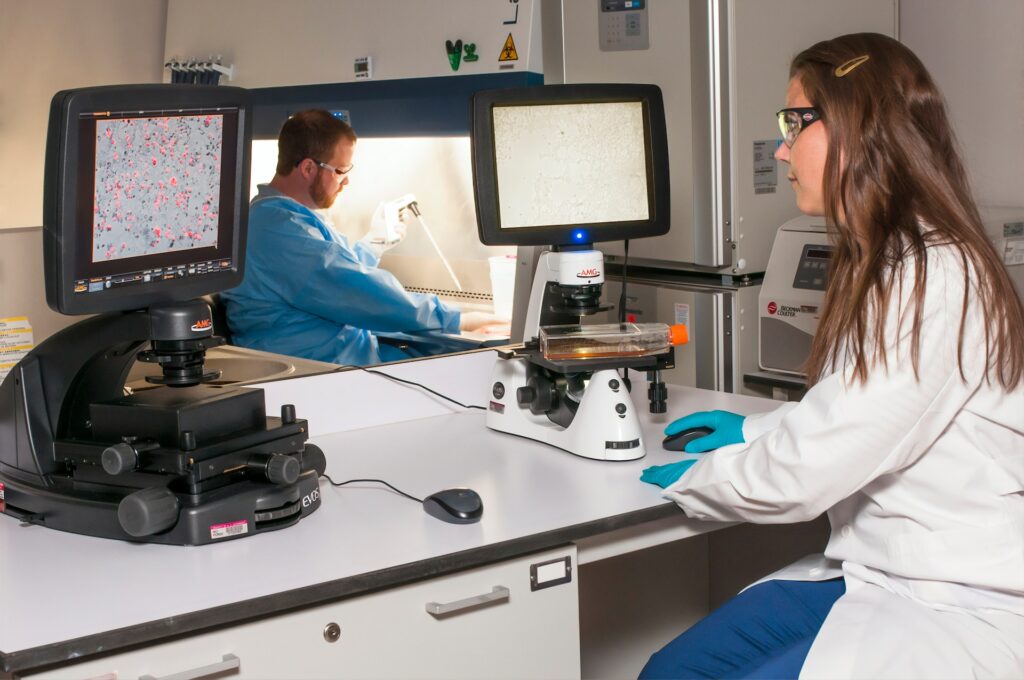Milialar skin disorder, often shrouded in mystery, is a condition that perplexes many. This article aims to demystify this enigma, providing comprehensive insights into its nature, causes, symptoms, and effective treatment options. Whether you’re personally affected or seeking to expand your dermatological knowledge, this guide is tailored to illuminate the intricacies of Milialar.
A Brief Overview of Milialar
Milialar, a skin disorder characterized by the formation of milia, small white or yellowish bumps on the skin’s surface, is a relatively common yet poorly understood condition. These tiny cysts, typically measuring 1-2 millimeters in diameter, form when dead skin cells become trapped near the skin’s surface. While Milialar is generally harmless, its appearance can be a source of concern for many.
Unraveling the Causes of Milialar
The exact cause of Milialar remains elusive to experts. However, several contributing factors have been identified:
Excessive Dead Skin Cells
Milia often occur due to an accumulation of dead skin cells. This buildup can be triggered by various factors, including inadequate exfoliation and certain skin care products.
Blocked Sweat Glands
In some cases, blocked sweat glands can lead to the development of milia. When sweat is unable to reach the surface, it can become trapped beneath the skin, resulting in the formation of cysts.
Blistering Conditions
Certain blistering conditions, such as porphyria cutanea tarda, can predispose individuals to Milialar. These conditions disrupt normal skin cell turnover, leading to the accumulation of dead cells.
Recognizing the Signs Milialar Symptoms
Identifying Milialar is crucial for prompt intervention. The condition manifests through distinctive signs:
Small, White Bumps
Milia present as small, dome-shaped bumps, often white or yellowish in color. They are typically found on the face, particularly around the eyes, cheeks, and forehead.
Absence of Inflammation
Unlike acne, Milialar is non-inflammatory. The bumps do not become red or irritated.
Persistent Nature
Milia tend to persist over time and do not naturally resolve without intervention.
Seeking Professional Guidance
While Milialar is generally benign, seeking professional advice is recommended, especially if:
- The condition is causing emotional distress or self-consciousness.
- Milia are located near sensitive areas, such as the eyes.
- Attempts at home removal have been unsuccessful.
Treatment Options from Topical Solutions to Procedural Interventions
Topical Retinoids
Derived from Vitamin A, topical retinoids promote exfoliation and prevent the formation of new milia.
Chemical Peels
A chemical peel can help remove dead skin cells, reducing the likelihood of milia formation.
Microdermabrasion
This non-invasive procedure uses a fine abrasive to exfoliate the skin, effectively addressing milia.
Extraction
Dermatologists can safely extract milia using specialized tools, providing immediate relief.
Conclusion
Milialar skin disorder, though often shrouded in mystery, can be navigated with informed guidance. By understanding its causes, recognizing its symptoms, and exploring treatment options, individuals can confidently address this enigmatic condition. Remember, seeking professional advice is crucial for effective management. Embrace clarity and take proactive steps towards a healthier, radiant complexion.

